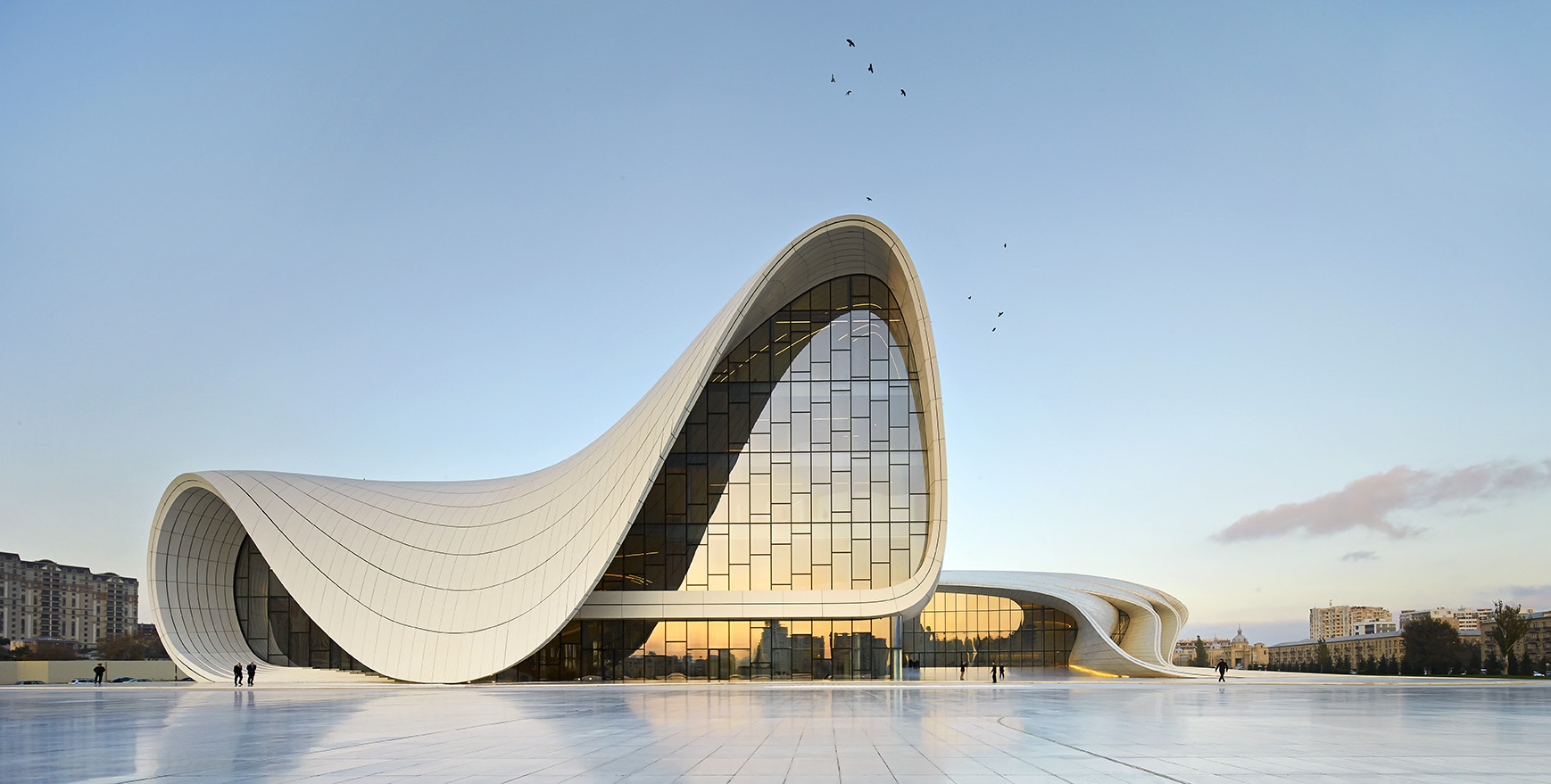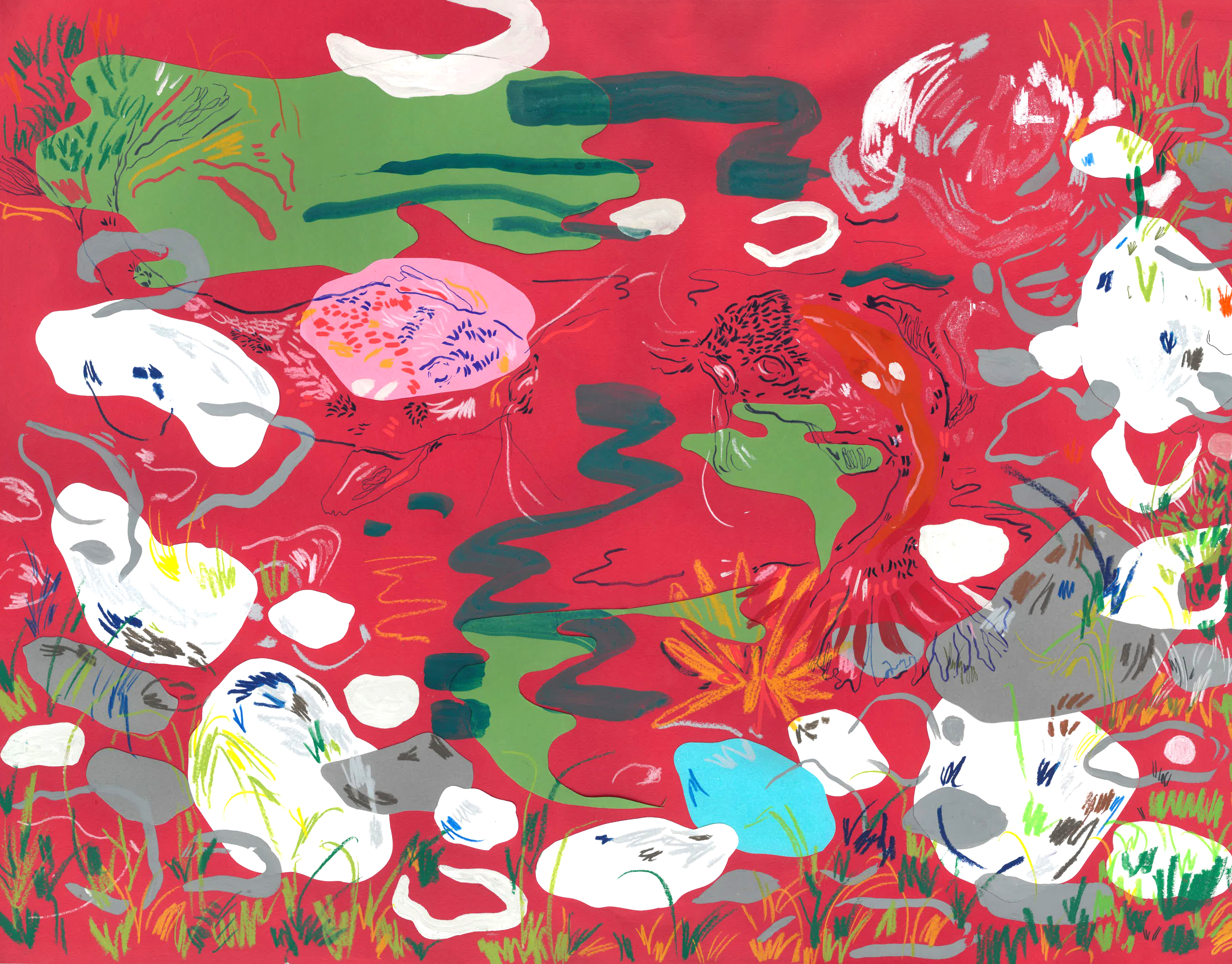On March 31st the world lost one of the greatest and most pioneering architects the world has seen. Zaha Hadid passed away after suffering from a heart attack at the age 65 in Miami, Florida and her death has sparked much discussion and admiration for her work, character and career.
Hadid’s work, in short, demonstrated how buildings should not be boring. Known as the ‘Queen of Curve’ for her characteristically ‘swooping’ and organically curving designs, her work encompassed both a sense of Modernism that puts her buildings into contemporary understanding, while simultaneously being fiercely distinct from anything seen before.
The Heydar Aliyev Cultural Centre located in Azerbaijan which was completed in May 2012 is but one example of this defiant originality- it is both reflective of the curvy hilly landscape of much of Azerbaijan, while also offering a strong visual contrast to the more Brutalist surrounding city-scape in which it is situated.
The white to contrast against the surrounding grey concrete means the building it distinct, and yet the surrounding greenery and meticulously planned pathways through it mean it appears utopia-like rather than a gaping miss-match on the skyline.
Notably, Hadid was made a Dame in 2012, the year after the London Aquatics Centre was completed in time for the 2012 Summer Olympic Games. The building, now open to the public, was met largely with praise and encompassed her traditional curvature style and sweeping design, with the fluidity of the design being reflective of its role as a swimming centre.
However, though her designs are so characterised by their looping dips and peaks, her capability for smaller and more jagged designs prove just as effective. The Vitra Fire Station in Germany completed in 1994 juts and pierces the space it occupies, rather than flowing through it. Her alleged passionate and intense personality resonates within her work.
Hadid has over the years inevitably become a feminist icon as well as a hallmark in the design and architectural canon. As well as architectural design, she worked on dining sets and candles as part of her company Zaha Hadid Design.
However, she expressed a wish not to be viewed as a ‘female architect’, but simply an ‘architect’, not wishing to be distinguished in any way from her male counterparts in any way other than through her work.
Nevertheless, 2 in 5 architecture students being female, and yet only 3 of 20 members of the American Institute of Architects are female, it is clear to see that in terms of gender equality and the capabilities of women being recognised, Hadid was as important in that social respect as she was from a design point of view.
Sasha Khan
Culture Editor




